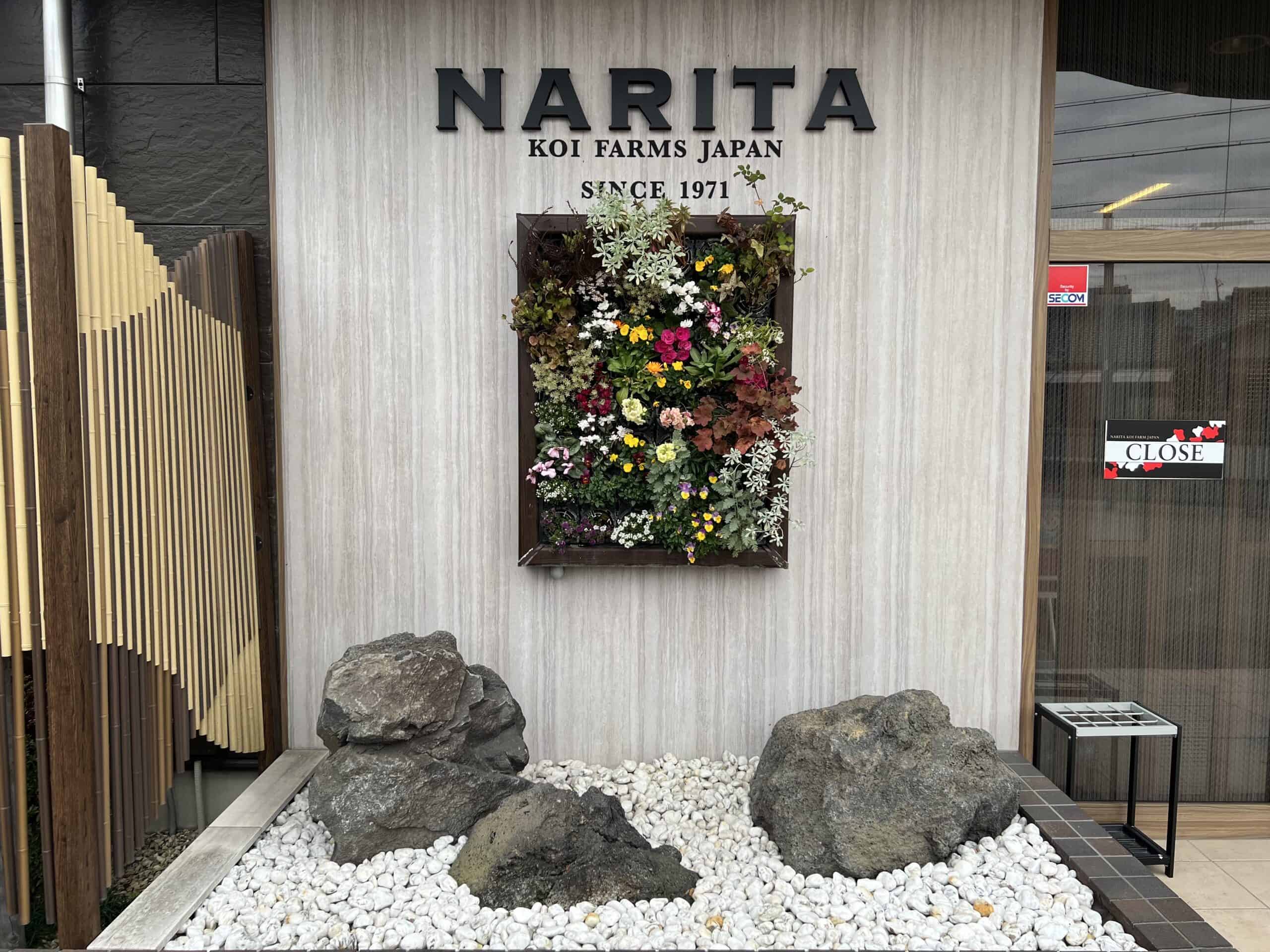
One of the areas of the hobby that should be at the forefront of your mind is cleanliness - don’t skip your cleaning tasks, or keep putting them off, because they have a habit of turning into something bigger.
Having visited various koi dealers and breeders in both the UK and abroad, I can be a bit OCD when it comes to cleanliness. Let's face it, who likes to open a drum for example, or a moving bed stage, for it to be black and grimy - despite what you think, all that algae and dirt isn't helping with your biological filtration!
Here’s a quick video filmed at Sakai Fish Farm Hiroshima, showing the somewhat constant washing carried out with these traditional ‘flow through’ or matting filters. These tasks aren't seen as boring or just something to fill time, they are carried out regularly and with care.
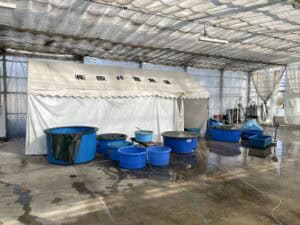
I’m not suggesting we all rush out and jet wash our ponds and filters, however it doesn’t take long to have a weekly clean around the key working parts of your filter, or grab the jet wash but go easy, especially if you have drum screens.
One of the reasons I not only admire, but enjoy visiting Ryuki Narita's No.1 Koi Farm, is because Narita San keeps one of the cleanliest facilities you'll find anywhere. Narita Koi Farm is of-course a large high tech facility, graffitied walls, coffee and merchandise, well worth the visit if you are in or around Aichi Prefecture - Ryuki will make you welcome, is absolutely hands on, and employs some of the strictest ‘protocols’ I’ve seen anywhere.
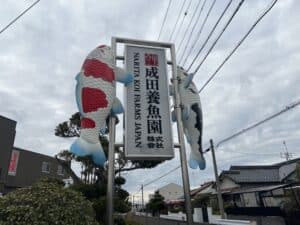
This photo shows fish selection and subsequent movement, which all take place in an extraordinary clean environment, you can see the careful documentation and commentary being made against each fish - Shuki Narita (Ryuki's son), mentioned they hold anywhere upwards of 600,000 photos at any one time.
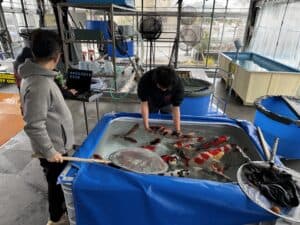
Note the large cream coloured sterilisation tank in the background; individuals hands are sterilised at every opportunity, as are nets and bowls - the almost constant 'wet' floor' from the washing down and sterilisation processes, the sterilised nets all hung neatly, the list goes on.
The below picture shows cleaned and sterilised koi vats (hung to facilitate correct drying) and transport vats, systematically cleaned and dried - hobbyists have a bit of a habit of forgetting nets, bowls and vats, make sure you include these in your regime.
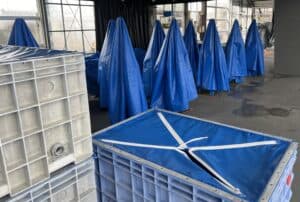
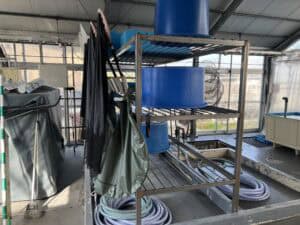
Cleaning ponds, sterilisation, refilling, cleaning and more sterilisation... I fully appreciate the levels of fish movement carried out at Narita, however I cannot stress how much time is taken for these important tasks.
You'll see below a typical 20 ton pond; freshly cleaned, sterilised, and now going through the refill process.
I’m also not here to pass judgement on anyone, but the answer is simple when it comes to cleanliness; take a leaf out of Ryuki’s book!
Cleaning and sterilisation really isn't difficult, with products widely available. Unfortunately laziness tends to be a problem, and laziness is something to be avoided when it comes to koi!
Applying some of these standards to your own pond isn’t difficult, and at the very least should provide you with some peace of mind.
That's it from me this month; I'll be back next month with a round up of all the news from our AGM.
Rob.
Feel free to get in touch via chairman@bkks.co.uk